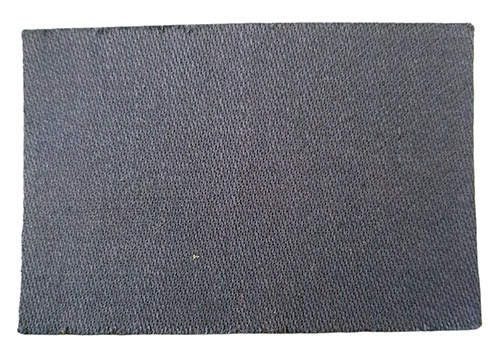

Awarded the Silver Star (U.S.A.)
This page is still under construction.
GIBSON, George Alexander, Lieutenant (killed in action) - Silver Star (United States) - Infantry (North Nova Scotia Highlanders) - awarded as per Canada Gazette dated 30 March 1946 and CARO/6478 dated 1 April 1946. Killed in action during the Schelde operation. Originated by Major F.A. Sparks, Acting Commanding Officer, North Nova Scotia Highlanders on 26 June 1945; endorsed by Lieutenant-Colonel N.M. Gemmell, Commander 9 Canadian Infantry Brigade on 28 June 1945 and passed forward on 28 June 1945; cleared by Major-General R.H. Keefler, General Officer Commanding, 3 Canadian Infantry Division on 29 June 1945 and passed forward on 30 June 1945; supported by Lieutenant-General Charles Foulkes, Commanding 1 Canadian Corps; endorsed by General H.D.G. Crerar, General Officer Commanding-in-Chief, First Canadian Army on 10 July 1945 and passed forward on 20 July 1945.
Lieutenant George Alexander Gibson came to this battalion in the early part of September 1944, and was a Platoon Commander in "A" Company [North Nova Scotia Highlanders]. His first action was Boulogne, where he distinguished himself by gallantry in action, and proved his mettle. The first task of the Battalion was the key to Boulogne, Mount Lambert, a very high hill completely wired and covered with large pill boxes garrisoned by approximately 1,000 men. This required many company attacks and took 30 hours of hard fighting and heavy casualties. During this attack Lieutenant Gibson, with great personal bravery, always in the forefront of his platoon, led attack after attack and in spite of over 50% casualties, he never failed to take his objective.
During the Scheldt operations, "C" Company lost all its officers during one battle in which half the Company became casualties due to heavy shelling. In the subsequent reorganization, Lieutenant Gibson was transferred to "C" Company and given command of No. 13 Platoon. Although he had only a few hours in which to do the job, he completely reorganized his Platoon restoring the spirit of the men who had been shaken during the previous fighting and inspiring confidence in his new reinforcements. The very next day, the Company had the job of attacking a strongpoint following a Typhoon attack. Lieutenant Gibson led his patoon in a swift left hook on the position, timing his assault so closely that his assault came within 100 yards of the enemy just as the aircraft made their last strafing attack. His remarkable courage and example in leading his men so close to this deadly fire resulted in his platoon over-running the position and capturing almost a complete enemy company.
The following day the attack continued along a dyke to a dyke junction, and once again Lieutenant Gibson had the leading platoon. The enemy were well dug in and were difficult to get at. By his skilful tactical use of the Wasps which were supporting him, Lieutenant Gibson led his men through the sheets of flame from slit to slit, gradually clearing the position. Just as he was taking in the last prisoners from the area, an enemy machine gun opened up from the dyke on his left, hitting Lieutenant Gibson and killing him instantly.
This officer was one of the most outstanding this Battalion has ever had, his personal bravery was of the highest order. His fighting qualities and devotion to duty left nothing to be desired.
Source: Robert W. Catsburg.





Portrait: Canadian Virtual War Memorial.
Info from War Diary and Service Records: LAC (Library Archive Canada).
Photographs Regimental and Division patch: JM-Militaria.
Photograph bird view Jagershof: Fam. Thomaes.
Photograph burial list Jagershof: Frank Dumez via Fam. Thomaes.
Photographs headstone and temporary burial: Michael van de Velde.

